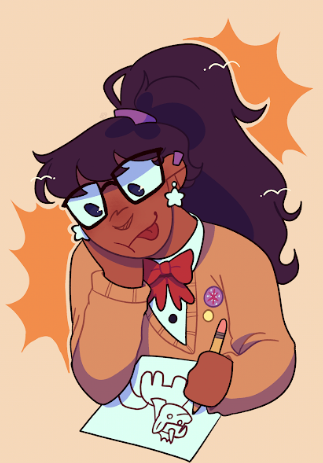
In our day and age, it’s easy to get caught up in the constant stressors of life. Whether it be studying for an upcoming exam or preparing for an interview, our minds race with the fear that we will never accomplish every.
single.
thing.
That’s where art therapy enters the conversation. A commonly used form of self-expression, art therapy serves as a method of emotional release, a method of healing. It has been proven to significantly improve our cognitive functions, build up our self-esteem, and engage our mind, body, and spirit. With stress acting as a constant barrier to reaching our highest potential, especially in students, it is crucial that we cope with these negative feelings through positive coping mechanisms. The best part is: you don’t have to be an artist!
If you ever find yourself overwhelmed or anxious, take a break, grab a marker or two, and channel your feelings on paper. You can choose from a wide range of projects, from filling out adult coloring books to constructing a personalized journal. Expressing yourself is a valuable way to develop your sense of identity, and simply taking the time to explore your emotions is a beneficial tool in reducing stress. The American Art Therapy Association even found that art therapy interventions play a role in cancer treatments, positively impacting patients in terms of their emotional health and well-being. Using art as a positive coping mechanism essentially lowers our perception of pain, both alleviating our symptoms and encouraging our psychological health.
A few examples of art therapy exercises include:
- A collage of photographs you value
- Painting your emotions
- Drawing your positive traits
- Creating a timeline journal
- Mandala drawing
- Masks of your emotions
- Clay sculptures
- Bullet journaling
Remember, these methods are meant to help you and encourage your growth as a person. It is important to enjoy the process and be open to new perspectives, values, and ideas!










































